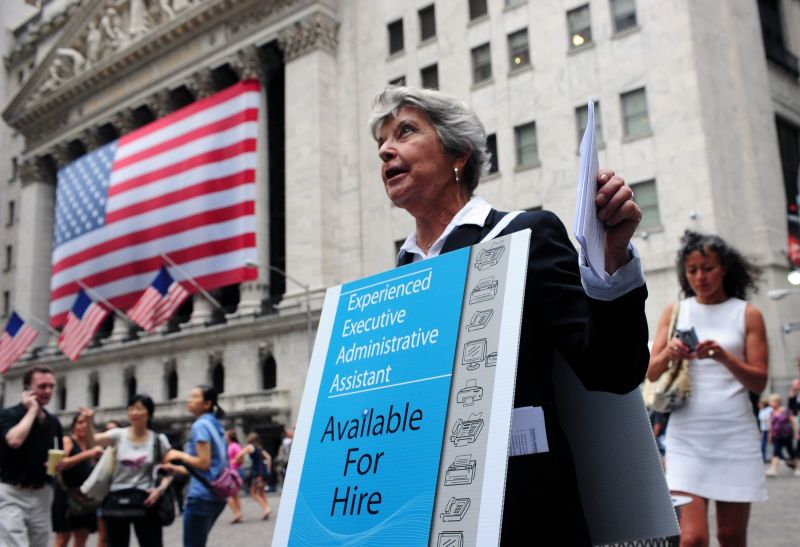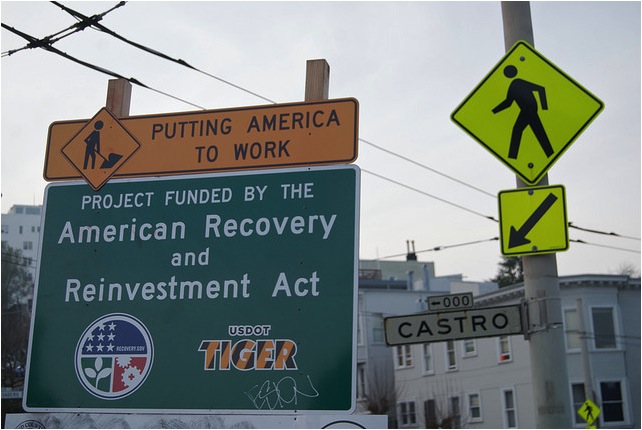
© Bryan Smith
Compiling state and federal data, USA Today reports today that one in six Americans (and counting) receives some kind of government anti-poverty assistance, a new national record. That financial support includes programs like Medicaid, which serves more than 50 million people, an increase of 17 percent from nearly three years ago.
The number of food stamp recipients is equally staggering: Upwards of 40 million people, a 50 percent increase since the economy began to crumble several years back. Unemployment insurance now goes out to nearly 10 million Americans, a 400 percent increase from 2007, and welfare’s national rolls include 4.4 million people, up 18 percent during the downturn.
All this growth in federal and state support, while crucial to support those out-of-work or suffering from reductions in hours and wage, costs ever more to operate. Here’s more from USA Today‘s Richard Wolf:
As caseloads for all the programs have soared, so have costs. The federal price tag for Medicaid has jumped 36% in two years, to $273 billion. Jobless benefits have soared from $43 billion to $160 billion. The food stamps program has risen 80%, to $70 billion. Welfare is up 24%, to $22 billion. Taken together, they cost more than Medicare.
The steady climb in safety-net program caseloads and costs has come as a result of two factors: The recession has boosted the number who qualify under existing rules. And the White House, Congress and states have expanded eligibility and benefits.
Conservatives fear expanded safety-net programs won’t contract after the economy recovers. “They’re much harder to unwind in the long term,” says Michael Tanner of the Cato Institute, a libertarian think tank.
Other anti-poverty experts say the record caseloads are a necessary response to economic hardship. “We should be there to support people when the economy can’t,” says LaDonna Pavetti of the Center on Budget and Policy Priorities, a liberal-leaning think tank.
At the same time we’re seeing record levels of government assistance, lawmakers have sought to slash away at these same programs to save money. This month, for instance, the Senate proposed cutting the federal food stamps program by $14.1 billion over a decade. On a per family basis, that would come out to a decrease of $59 a month beginning in November 2013. As one legal expert told the Huffington Post‘s Arthur Delaney, “there’s no precedent” for such a massive cut to a program more Americans than ever need to get by.













